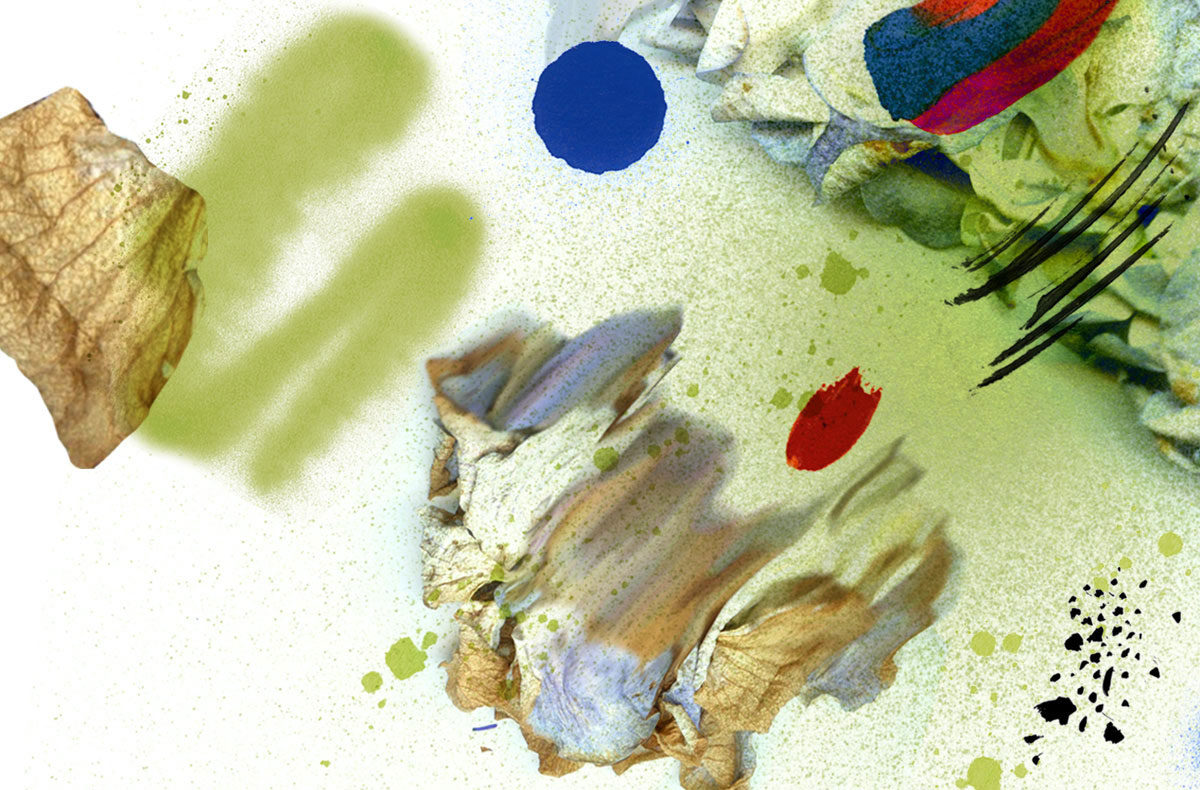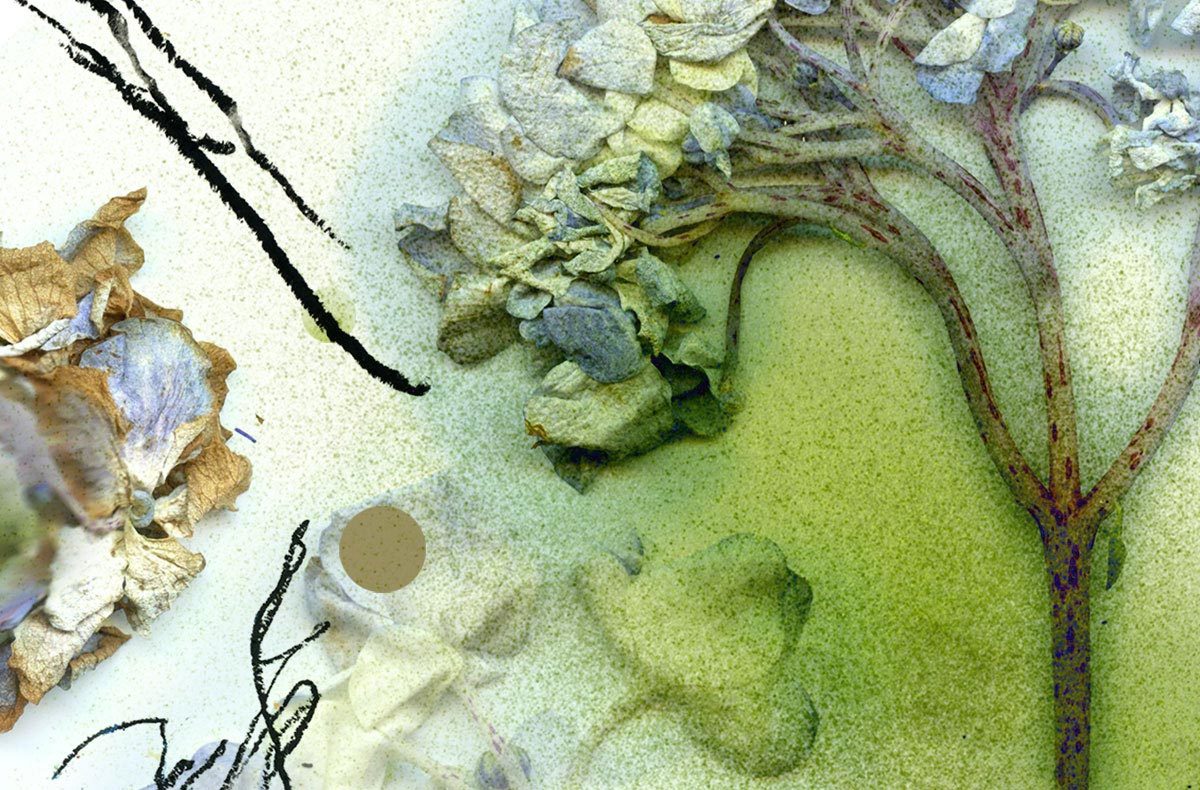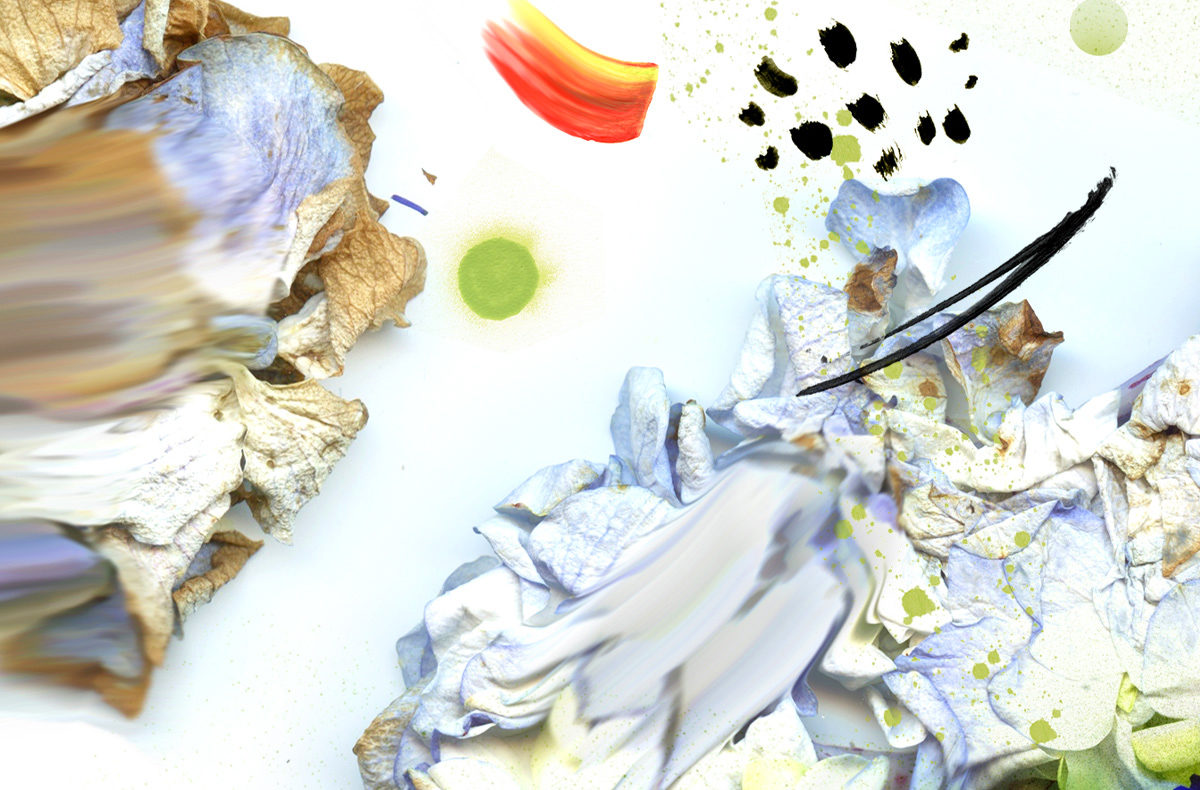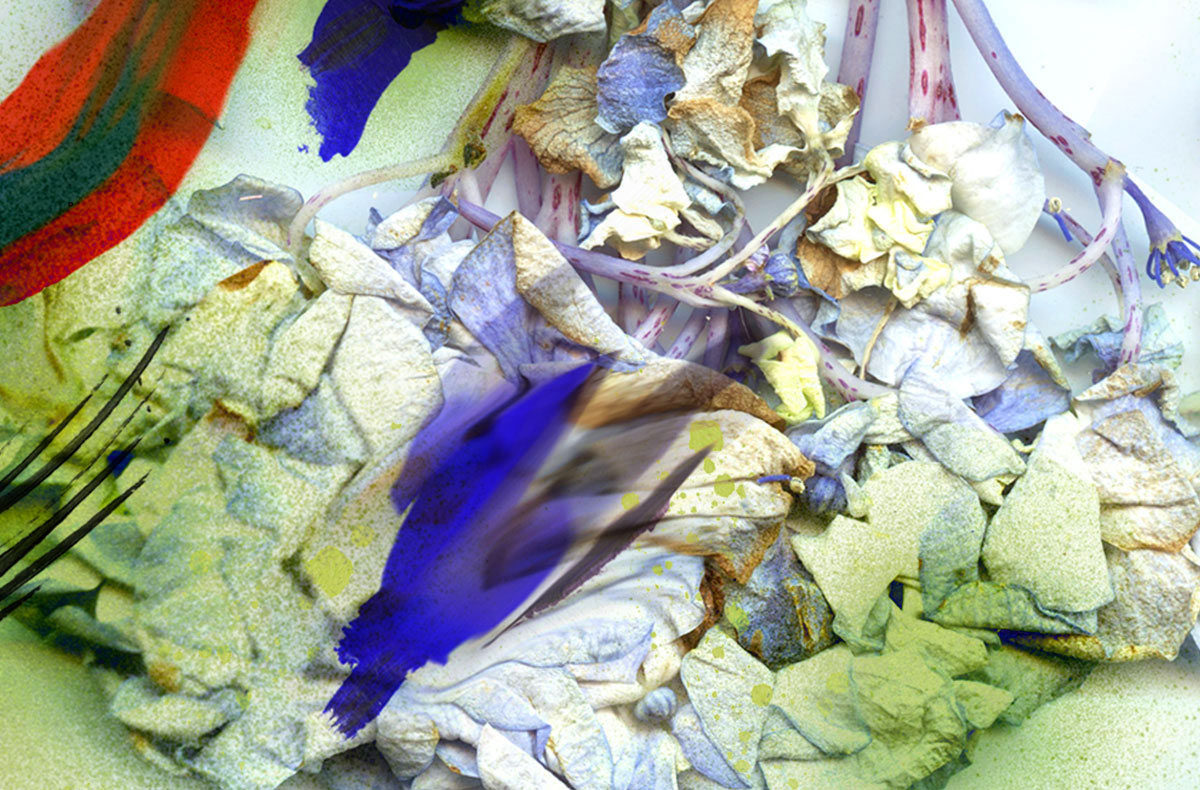By David Maggs, Metcalf Fellow on Arts and Society
One of my favourite interviews for Art and the World After This was with artist and advocate charles e. smith, focusing on his efforts to carry equity work further into a broader vision of pluralism. Pluralism, smith says, is when we work “in a way that we become enriched by learning from others, based on their values, their traditions, their practices, and then reciprocate in that way.” Beyond more equitable representation of differences in a single world, pluralist societies nurture a capacity to find truth and value across genuinely different worlds.
The arts play a special role here, argues smith, where what he calls “the craft” inherent in artistic work can overcome the unfamiliar aspects of differences in tradition, form, language, and, presumably, values. Here, art creates an opportunity for different people to be drawn together by the underlying spirit of the work. Common ground emerges as a result of the encounter, rather than being established as a prerequisite to the encounter.
I have been thinking about this in light of growing calls for arts organizations to develop value charters — explicit overarching statements of values that define their identity and activities. Juxtaposed against a relationship between art and pluralism, is it worth wondering whether this is a good idea? Should we derive art from values? Or should we derive values from art? Which relationship promises deeper pluralism in society? And which promises deeper polarization?
One reason we fund the arts is because we see them as a source of moral insight. Art allows us to engage with life beyond the way we typically see the world. It is art’s trusted and respected capacity to play with our realities that gives it such importance, and this trust and respect is, I believe, borne of its aesthetic priority not its moral conformity. In other words, we trust art through its attentiveness to the world in terms of lines, and shapes, and patterns, rhythms, imagery, etc. and not because of its adherence to particular ideological commitments.
As values and politics direct more of our arts practices, will this remain the case? Will it increase the ability of art to host difficult moral conversations, probe persistent moral ambiguities, and destabilize problematic moral assumptions? Or will it lead to practices bent on preaching moral certainties to established choirs? My fear is that value charters may harden into a form of telling art what to say and telling audiences what to be, thereby constraining art from its open range of inquiry and unwelcoming those who do not align with those values.
What will the long-term effects of these charters be? Will they render the arts a driver of greater pluralism or greater polarization? Will they correct a historic lack of inclusion and diversity, or diminish a historic ability to cultivate pluralistic encounters? Will they bring genuine differences together in spaces of open expression and contemplation? Or will they accelerate the conditions of polarization currently crippling our ability to work functionally across those differences? I raise this not to avoid the challenge of pluralism, but to consider the path we must take in order to meet that challenge with the fullness of what we have to offer.






